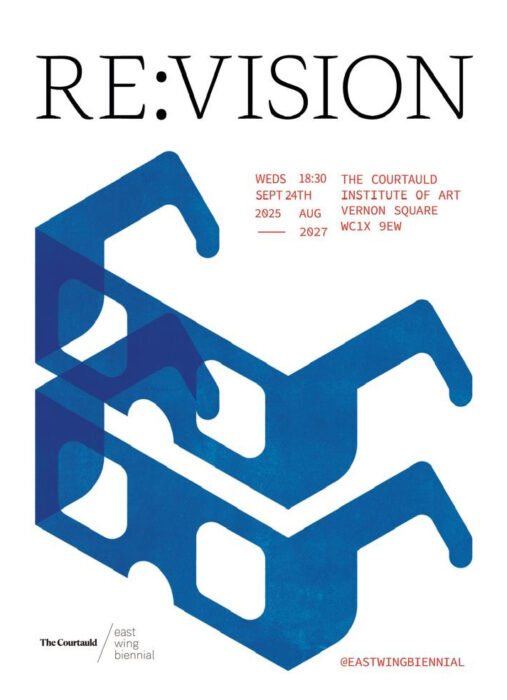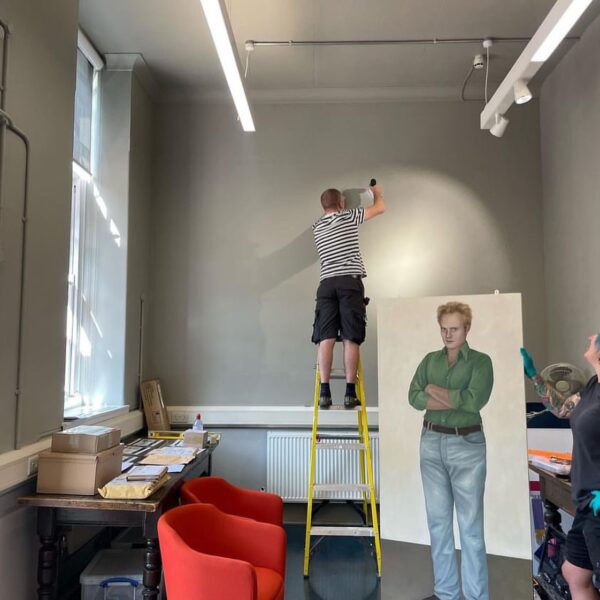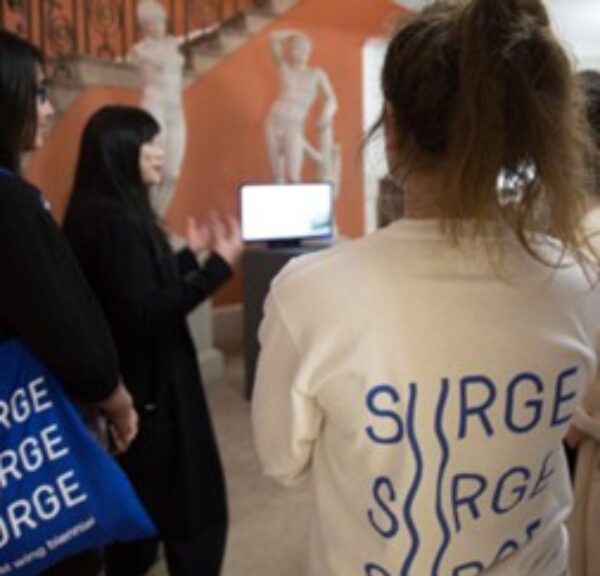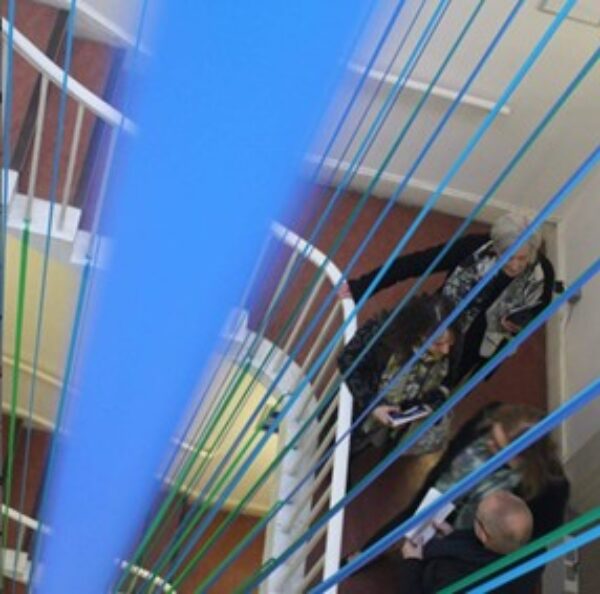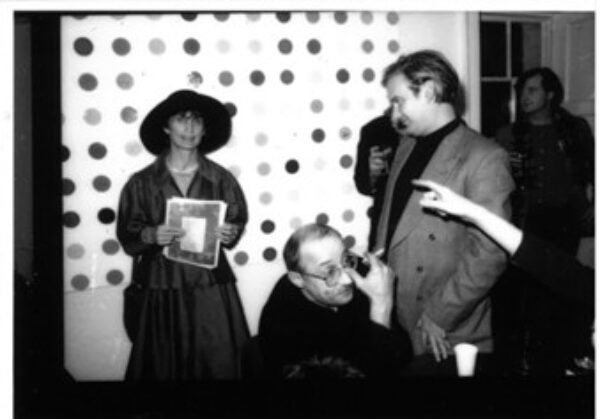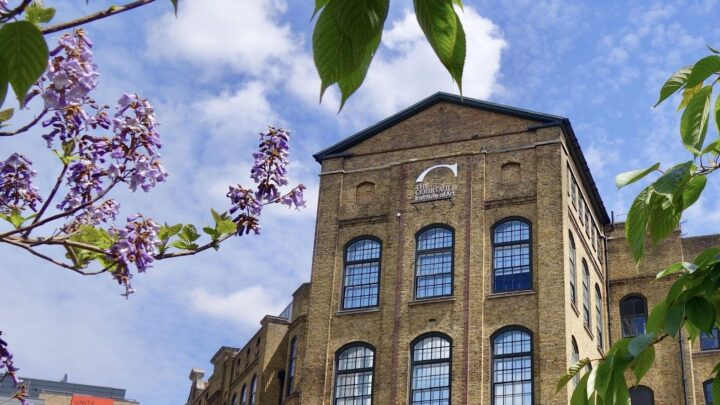Quick links
“The walls of the institution were completely bare, which is ironic considering it is an institution for the teaching of art history.”Joshua Compston
The East Wing Biennial is the Courtauld’s student-led exhibition of contemporary art. Established in 1991 as the East Wing Collection, the Biennial brings the Institute’s student body into direct contact with contemporary art to broaden learning and stimulate discourse. Organised entirely by Courtauld students, the exhibition reflects the ideas, concerns, and creative ambitions of its student body.
Now in its 16th edition, the East Wing Biennial carries with it a legacy of bolstering emerging and established artists across disciplines. Closely associated with the rise of the Young British Artists, early editions featured artists such as Damien Hirst and Gilbert & George. More recent exhibitions have featured Tracy Emin, Paula Rego, Rachel Whiteread, Grayson Perry and Martha Rosler, among others.
The Institute’s move to Vernon Square and the subsequent cancellation of the 2020 Biennial left its future uncertain. It’s 2023 revival with the 15th edition, Vernon Square 1: Embodiment, introduced a new generation of students to the Biennial’s mission: to connect the study of art history to contemporary practice, offering students the opportunity to shape curatorial narratives, gain hands-on experience, and engage directly with the art of their time.
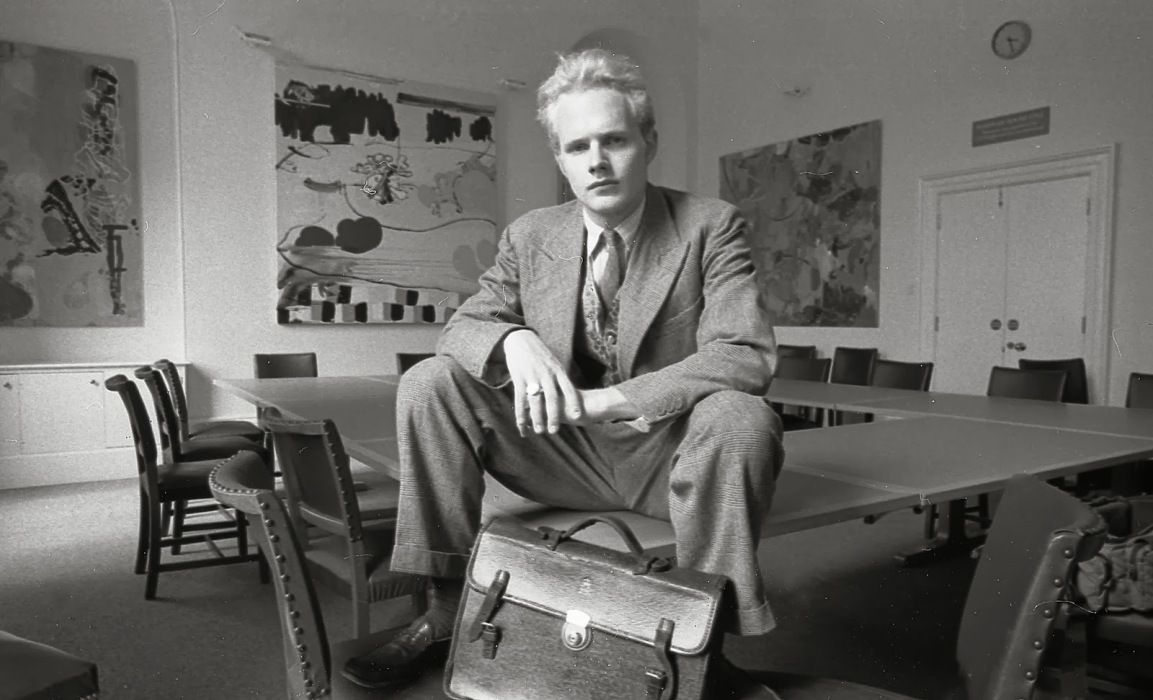
RE:VISION - The 16th East Wing Biennial
